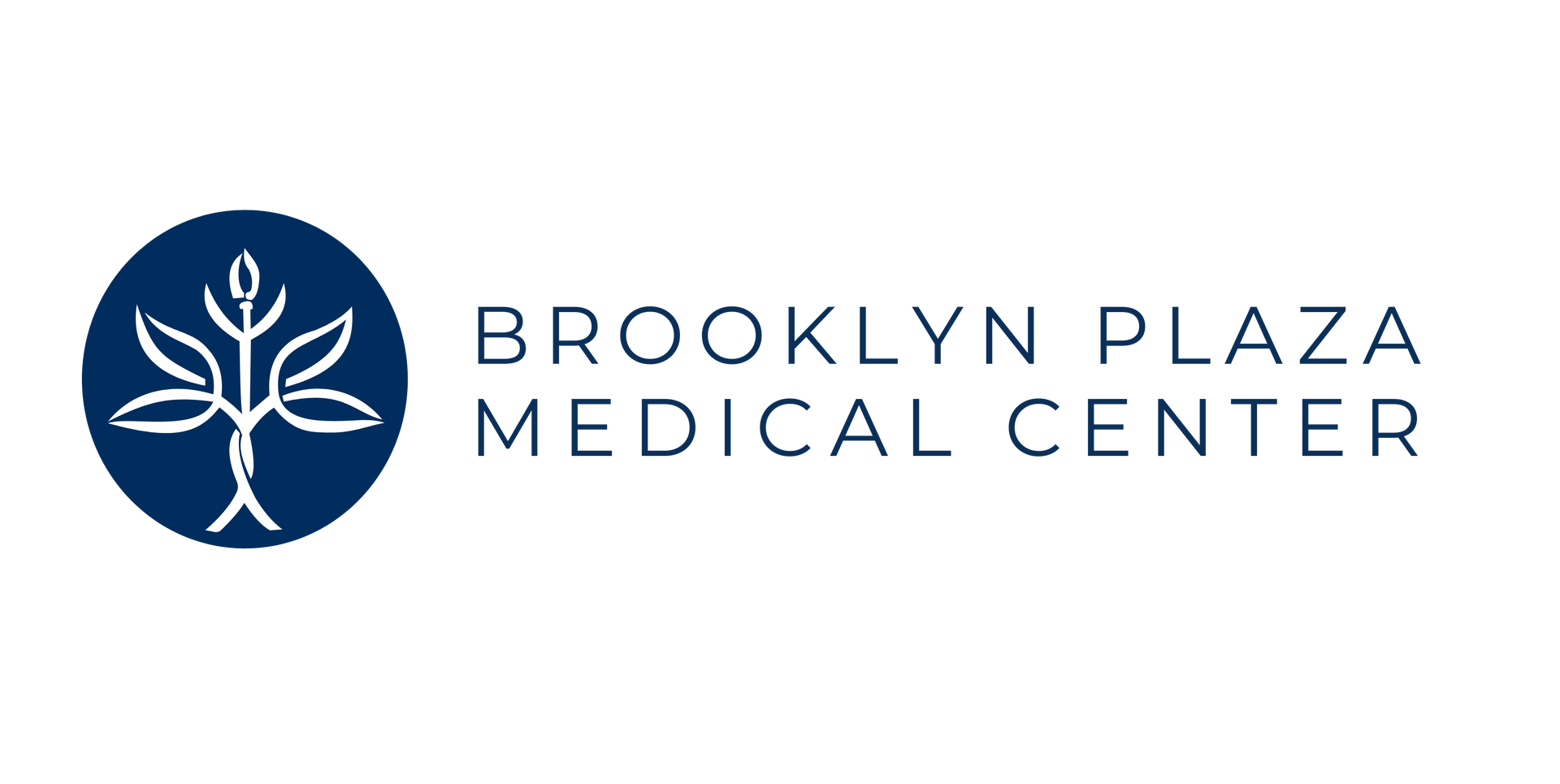Understanding the Major Types of Diabetes
Diabetes is a chronic health condition affecting millions of people in the United States and globally. It occurs when the body cannot properly regulate blood sugar levels due to issues with insulin, a hormone essential for glucose metabolism. Understanding the different types of diabetes and their impact is crucial for early intervention and effective management, especially in diverse and urban populations like New York City.
Type 1 Diabetes: An Autoimmune Condition
Type 1 diabetes is less common, affecting about 5–10% of individuals diagnosed with diabetes in the U.S. This form occurs when the immune system mistakenly attacks and destroys insulin-producing cells in the pancreas. Without insulin, glucose cannot enter the body’s cells to provide energy, leading to dangerously high blood sugar levels.
Type 1 diabetes typically develops in children and young adults, though it can appear at any age. Those with type 1 diabetes require daily insulin therapy and ongoing monitoring to manage their condition. While its exact causes are not fully understood, genetic predisposition and environmental factors, such as viral infections, are believed to play a role.
Type 2 Diabetes: The Most Common Type
Type 2 diabetes accounts for the vast majority of diabetes cases, particularly in urban areas like NYC. It arises from a combination of insulin resistance—where the body’s cells don’t respond effectively to insulin—and a decline in insulin production. This imbalance leads to high blood sugar levels over time.
In New York City, an estimated 1 in 10 adults has diabetes, with the condition being more prevalent among Black, Hispanic, and Asian communities. Contributing factors include obesity, sedentary lifestyles, and dietary habits, though genetics also play a significant role.
The good news is that lifestyle modifications such as eating healthier, exercising regularly, and managing weight can greatly improve insulin sensitivity and help control blood sugar levels. Some individuals may also require medications or insulin therapy to manage their condition.
Gestational Diabetes: A Temporary but Critical Condition
Gestational diabetes occurs during pregnancy when hormonal changes affect the body’s ability to use insulin effectively. While it usually resolves after childbirth, careful management is essential for the health of both the mother and baby.
Around 5–10% of women with gestational diabetes continue to have elevated blood sugar levels after pregnancy, often leading to a type 2 diabetes diagnosis. Moreover, women who have experienced gestational diabetes are at a higher risk of developing type 2 diabetes later in life. In NYC, it’s estimated that about 1 in 20 pregnancies is affected by gestational diabetes.
Pre-Diabetes: A Wake-Up Call
Pre-diabetes is a condition where blood glucose levels are higher than normal but not high enough for a type 2 diabetes diagnosis. Nationwide, an estimated 84 million adults are living with pre-diabetes, many of whom are unaware of their condition. In New York City alone, nearly 30% of adults are estimated to have pre-diabetes, highlighting the urgent need for early intervention.
Lifestyle changes such as adopting a healthier diet, increasing physical activity, and managing weight can significantly reduce the risk of progressing to type 2 diabetes. Regular screenings are critical for detecting pre-diabetes and taking preventative action.

The Impact of Diabetes on New Yorkers
Diabetes is a leading cause of serious complications such as heart disease, kidney failure, vision loss, and amputations. In NYC, diabetes-related hospitalizations and emergency room visits are disproportionately higher among underserved communities, emphasizing the need for equitable access to healthcare and diabetes education.
Here are some key statistics:
More than 700,000 adults in NYC have diabetes.
An additional 164,000 residents are believed to have diabetes but remain undiagnosed.
Diabetes-related healthcare costs in NYC exceed $4 billion annually, including medical expenses and lost productivity.
Taking Control Through Education and Action
Understanding the types of diabetes and their impact is essential for taking control of your health or supporting loved ones who may be at risk. Whether it’s managing type 1 diabetes with insulin therapy, addressing type 2 diabetes through lifestyle changes, or intervening early in pre-diabetes, proactive steps can make a significant difference in outcomes.
For individuals living in NYC, there are numerous resources available, including free diabetes education workshops, nutritional counseling, and support groups offered by local health facilities. These programs are designed to empower individuals to make informed decisions about their health and prevent diabetes complications.
A Call to Action
Diabetes is a serious condition, but it’s manageable with the right approach. Start by scheduling regular check-ups with your healthcare provider, adopting healthier eating habits, and staying active. Early detection and education can change the trajectory of diabetes and ensure a healthier future for yourself and your loved ones.
By working together and making small but meaningful changes, we can reduce the burden of diabetes in NYC and beyond. If you suspect you or someone you know may be at risk, take the first step today—knowledge and prevention are powerful tools in the fight against diabetes.








